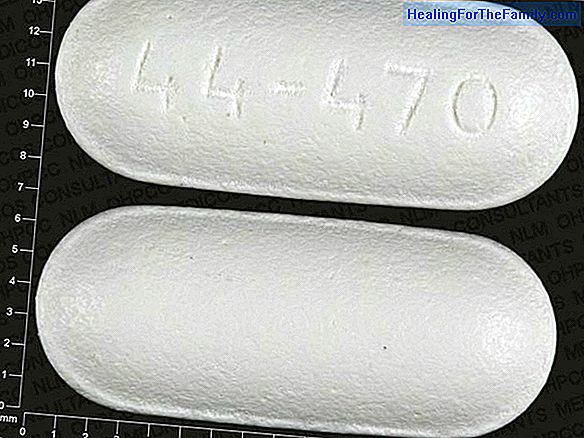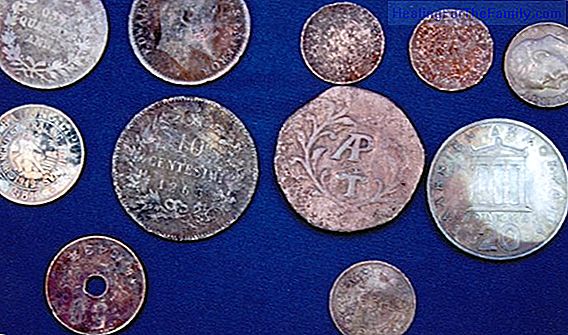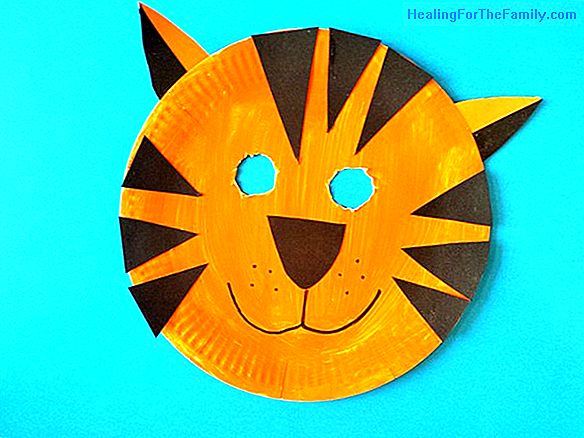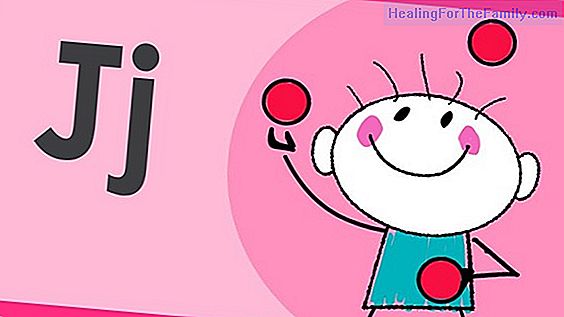Oxytocin during breastfeeding
Oxytocin is the most famous hormone of all hormones, and is commonly known as horm the love hormone. This is so because it is released with a caress, a kiss, a hug, sex or even when eating chocolate. This hormone plays a key role during childbirth, since it is responsible for the start of contractio
Oxytocin is the most famous hormone of all hormones, and is commonly known as horm the love hormone. This is so because it is released with a caress, a kiss, a hug, sex or even when eating chocolate. This hormone plays a key role during childbirth, since it is responsible for the start of contractions that will dilate the cervix so that the baby can be born. In addition,
its function is basic during breastfeeding .The role of oxytocin during breastfeeding
What is oxytocin?
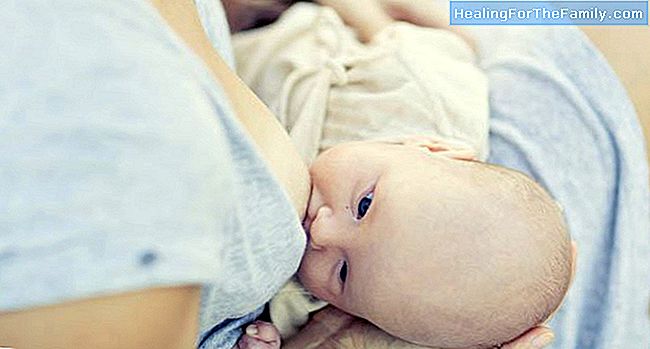
It is produced by the pituitary gland and, when it is present in the blood, a series of reactions are triggered in people.This hormone has a fundamental task during lactation.
When the baby suckles the nipple, a stimulus is generated that reaches the hypothalamus and causes oxytocin to be released in the form of pulses. These pulses in turn stimulate the production of prolactin. While prolactin is responsible for stimulating milk production, oxytocin stimulates the cells surrounding the alveoli, in this way, the breast tissue contracts and milk can leave the mammary glands.
However, not always, this stimulation occurs when the baby is being breastfed. Some women to
hear your baby cry, hug him or the simple fact of thinking about him causes oxytocin to be released and for that to rise the milk. During the first days of breastfeeding, many women feel uterine contractions, also called wrongs. They are also caused by oxytocin and, although they can be painful, they are very important for postpartum recovery, since they help the uterus to contract and return to its size prior to pregnancy.

